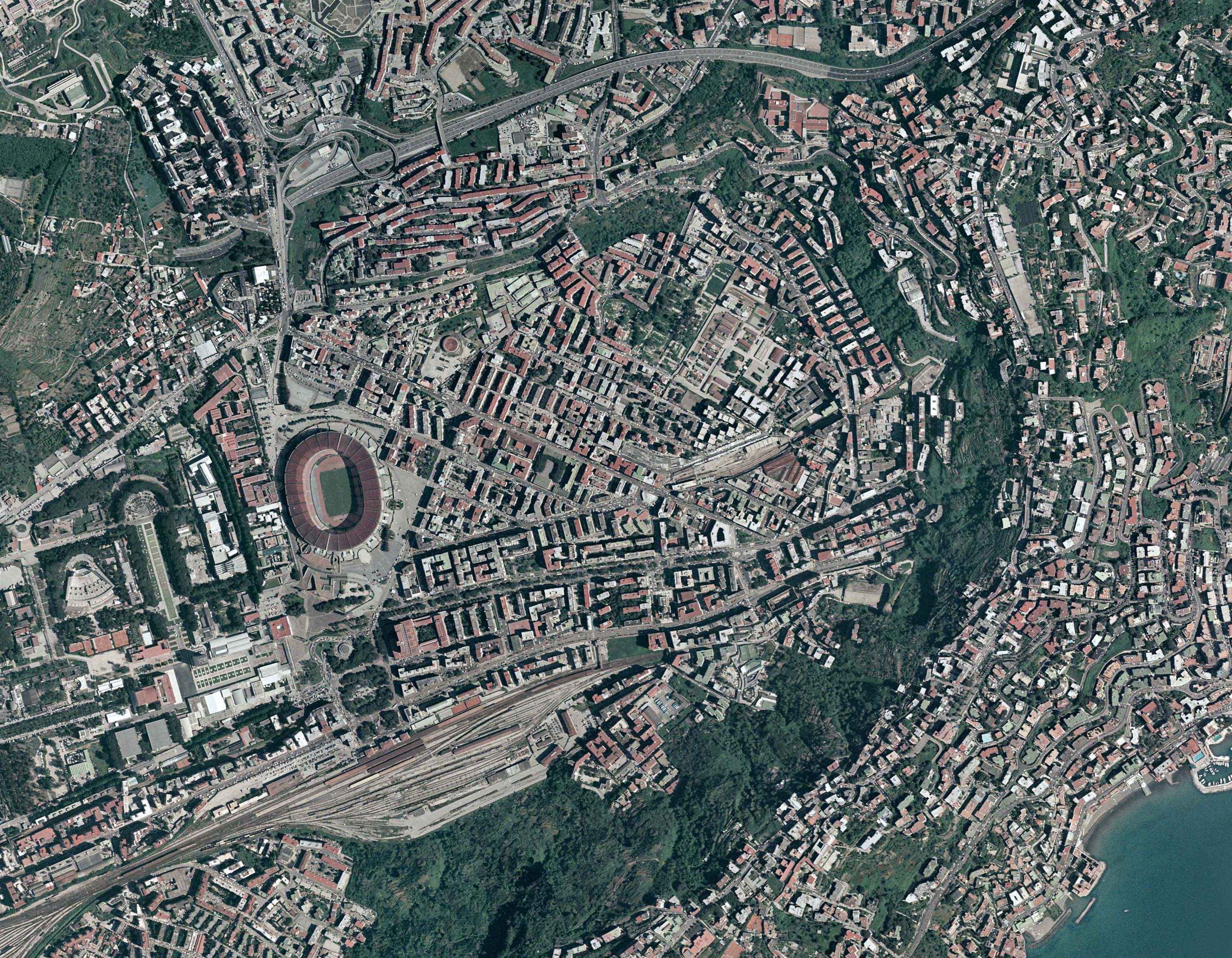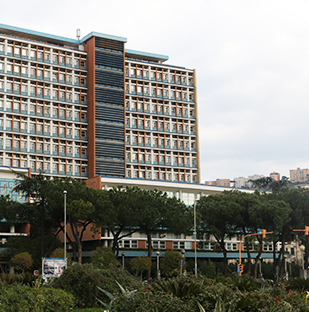| Overview | About Us | Contents |
The TeMALab laboratory was established in December 2006 as a research and experimentation body of the department of Planning and Science of the Territory (DiPiST). TeMALab has the primary task to study the relations between Territory, Mobility and Environment, in terms of scientific and discipline integration, that overcoming the barriers imposed by current scientific approaches can help to develop a new knowledge that can provide new solutions to the problems that cities are facing in these years. In this perspective, since 2007 TeMALab publishes the quarterly (Open Access) magazine TeMA, which is the first on-line magazine of the University of Naples Federico II. The head of the Laboratory is Carmela Gargiulo, Full Professor of Urban Planning and Dean of the scientific field.
Professors who belong to TeMALab teach at the Polytechnic and Basic Sciences School. For more information, see TEACHING > University Courses.
_




MISSION
![]()
The TeMALab, as a laboratory of the Department of Civil, Building and Environmental Engineering, conducts research, training and scientific support activities geared mainly to:
- the application of methods, techniques and tools for the purpose of verifying the implementation and levels of applicability of research results in specific regional contexts, also through the implementation of Geographic Information Systems; these activities are also aimed at providing tools to support decisions of the various stakeholders operating on the territory;
- studying the theoretical and methodological aspects related to the relationship between mobility and governance processes of urban and territorial transformations and of the integration aspects of governance tools of mobility and territory. Research priorities are the centrality of the city and the need to extend the accessibility of the territory, studying the expansive urbanized space, the spread in the territory of urban functions and the creation of new centers, the space and costs of congestion in connection to the variable geometry of the territory and its influence on the different types of mobility.




